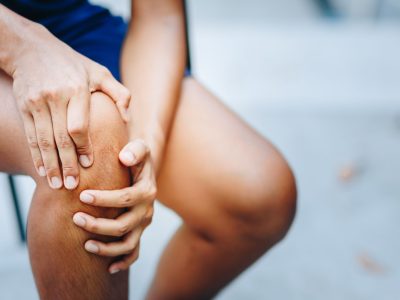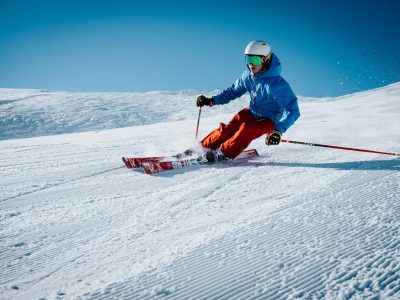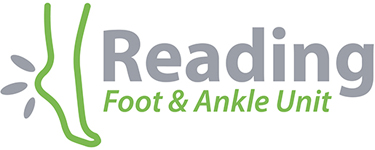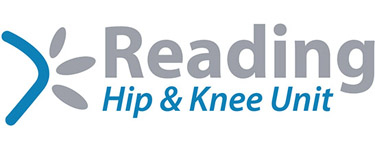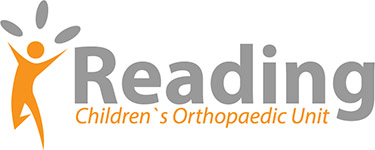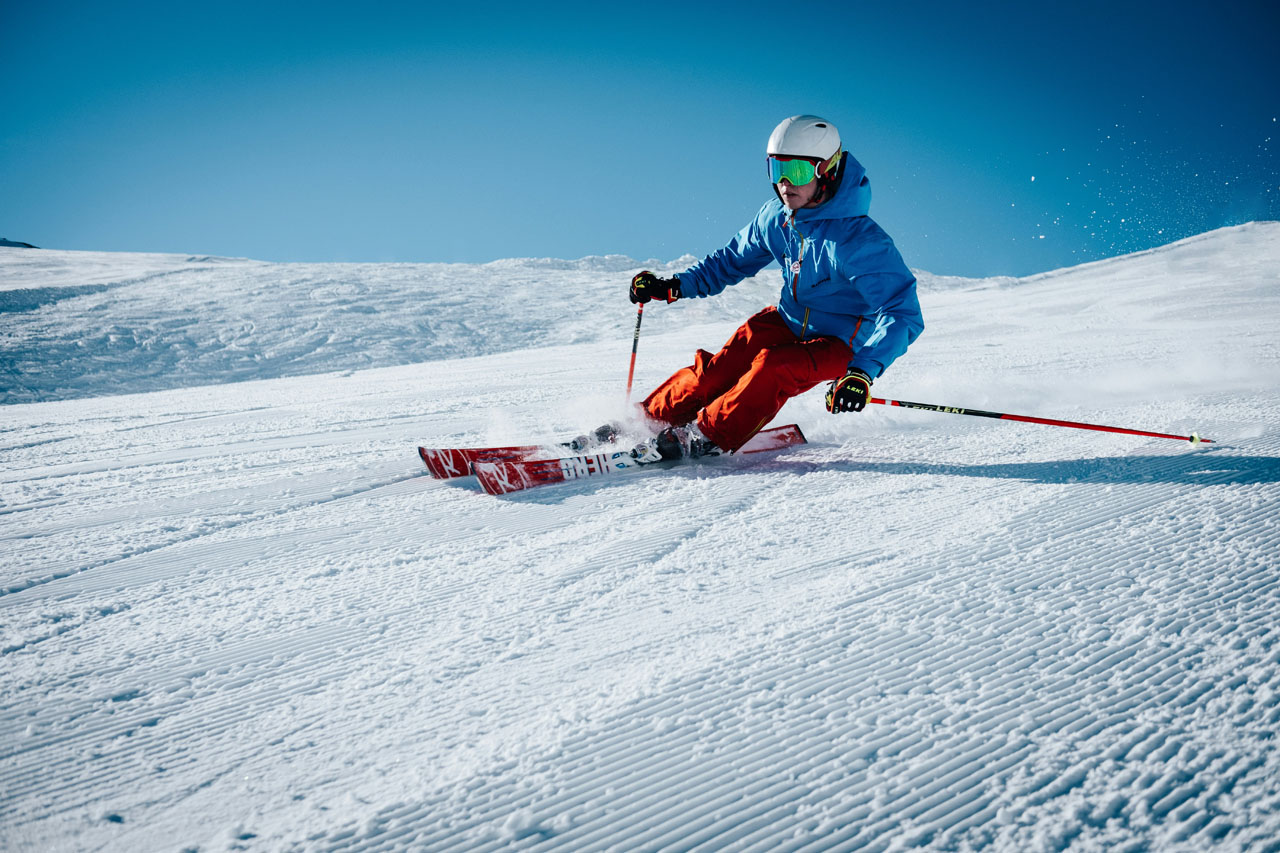
Get Ski Fit – How to Avoid Knee Injuries
With the Winter Sports season in full swing – I though it appropriate to go through some tips to keep your knees in good condition to avoid injuries on the slopes.
The knees are particularly at risk of twisting injuries during skiing or snowboarding as skis or snowboards increase the lever arm effect hence increasing the potential torsional (twisting) forces through the leg. What is the most interesting fact however is that the majority of significant injuries happen towards the end of the ski day (often on the last run to the après ski bar)
With improvements in ski bindings in the last several years, luckily knee injuries are less frequent but unfortunately still can happen and there is no doubt that muscle fatigue and tired legs plays a part in this.
This blog looks at some simple daily exercises you can do at home or in the office in the few weeks before your trip away to improve your general leg strength and stamina which will go a long way to staying safe on the slopes. It takes just 10 minutes to complete the set.
10 Minutes Set
1. **Warm-up (2 minutes):**
– Jumping jacks for 1 minute
– High knees for 1 minute
2. **Squats (2 minutes):**
– Perform regular squats for 1 minute.
– Follow with 1 minute of squat jumps for added intensity.
3. **Lunges (2 minutes):**
– Forward lunges for 1 minute (alternating legs).
– Side lunges for 1 minute (alternating legs).
4. **Plank (1 minute):**
– Hold a plank position for 1 minute, engaging your core and keeping your body in a straight line.
5. **Step Ups (1 minute):**
– Use a sturdy step or platform.
– Step up with one foot, bringing the other knee up.
– Alternate legs for 1 minute.
6. **Single Leg Dips (1 minute):**
– Find a stable surface, like a chair or bench.
– Dip one leg down while keeping the other elevated.
– Switch legs after 30 seconds.
7. **Tuck Jumps (1 minute):**
– Jump up, bringing your knees toward your chest.
– Land softly and repeat for 1 minute.
8. **Cool Down (1 minute):**
– Gentle stretching for all major muscle groups.
Remember to maintain proper form throughout each exercise, and modify the intensity as needed based on your fitness level. Always listen to your body and consult with a fitness professional or physio if you have any concerns.
Specific Ligament Injuries
Significant twisting injuries can sometimes result in damage to one or more of the major ligaments that support the knee.
Medial Collateral Ligament (MCL) Injuries
The MCL is the most commonly injured knee ligament. This usually occurs after a twisting motion or when the knee takes a blow from the outside. MCL injuries are usually diagnosed clinically (by examination) but may be confirmed by an MRI scan. The good news is that when the ligament is damaged on its own, it can usually be managed non-operatively with a specialised knee brace and a good course of physiotherapy (rehabilitation.) In rare cases where there is chronic insufficiency of the ligament or the ligament ruptures into the joint, surgery may be needed.
For more info on the MCL – click here.
Anterior Cruciate Ligament (ACL) Injuries
The ACL is a commonly damaged ligament during sporting activities, typically in sports that involve pivoting e.g. football or netball, but also on the results from a twisting motion of a slightly bent knee when the foot is planted on the ground, or fixed in a ski boot. The patient often feels a ‘pop’ or ‘click’ inside the knee and most likely unable to continue with the activity. Most people find the knee swells up very quickly which is associated with the torn ligament bleeding into the knee.
The management of ACL injuries has been refined over the last 15 years or so. Diagnosis is usually made clinically (by history and examination) but often an MRI scan is obtained to look for other injuries that can occur at the same time e.g. meniscal tears, or articular surface damage.
Treatment plans for ACL ruptures need to be discussed with each patient on an individual basis, as they can vary from non-operative options through to surgical reconstructions.
The best treatment plan depends on what else is damaged, how unstable or wobbly the knee is on a day to day basis and what the patients sporting ambitions are in the future.
For more info on the ACL – click here.
Posterior Cruciate Ligament (PCL) Injuries
The posterior cruciate ligament lies at the back of the knee and is the largest of the knee ligaments. It can be injured in isolation or in combination with other ligaments. Injury to the PCL tends to involve higher energy than injuries to the ACL.
Usually a PCL injury can be diagnosed through a good clinical assessment, but sometimes it is confirmed with X-rays or MRI scan. PCL injuries are usually managed non-operatively with a specialised brace and physiotherapy but sometimes surgery is needed. The best management option is dependant on the individual patient and the pattern of their particular injury.
Lateral Collateral Ligament (LCL) & Postero-lateral Corner (PLC) Injuries
Damage to the lateral (outside) collateral ligament or the back, outer corner of the knee are luckily much less common. There is a group of structures collectively named the ‘postero-lateral corner’ which are damaged usually in combination with other ligaments after a significant high energy injury.
Sometimes it is recommended that PLC injuries are repaired surgically in the acute setting. Patients with chronic injuries where there is on-going instability of the knee may also require reconstructive surgery to stabilise the knee.
Meniscal Injuries
The meniscal shock absorbing cartilages are at risk of being damaged during any twisting knee injury. As we get older, the meniscus becomes less elastic and easier to tear and such tears are frequently associated with ‘wear and tear’ or age related change within the knee. Clinical assessment can often pick up a meniscal tear but it is usually confirmed with an MRI scan. Small tears may not cause too many problems and the associated symptoms can settle with non-operative treatment. If a larger tear ‘flips and flaps’ around inside the knee, it can cause the inside of the knee to become inflamed and produce more fluid creating an effusion (swelling). Such an unstable tear can also cause mechanical symptoms such as catching, locking or giving out of the knee. Such symptomatic tears can be tackled with a keyhole operation called an arthroscopy. Depending on the nature, the position of the tear and the patients individual circumstances, it is either repaired or trimmed back to a ‘stable edge’.
For more info on menisci – click here.
Chondral Injuries
The joint surfaces (articular chondral cartilage) are also at risk during a knee injury. These ‘surface’ injuries can accelerate ‘wear and tear’ arthritis in the knee, so need to be identified early to ensure the best early treatment plan is followed. If small pieces of cartilage are ‘knocked off’ during an injury, they can float around the knee as a loose body, again causing troublesome mechanical symptoms such as locking or instability. An arthroscopy is a very powerful tool to diagnose such injuries because they sometimes don’t show up clearly on MRI scans. Various management options for the different types of chondral damage are available, and again are dependent on the individual patient and injury pattern.
SUMMARY – Please take some time to get Ski Fit which will go a long way in reducing your chances of picking up a knee injury – Stay Safe on the Slopes!



